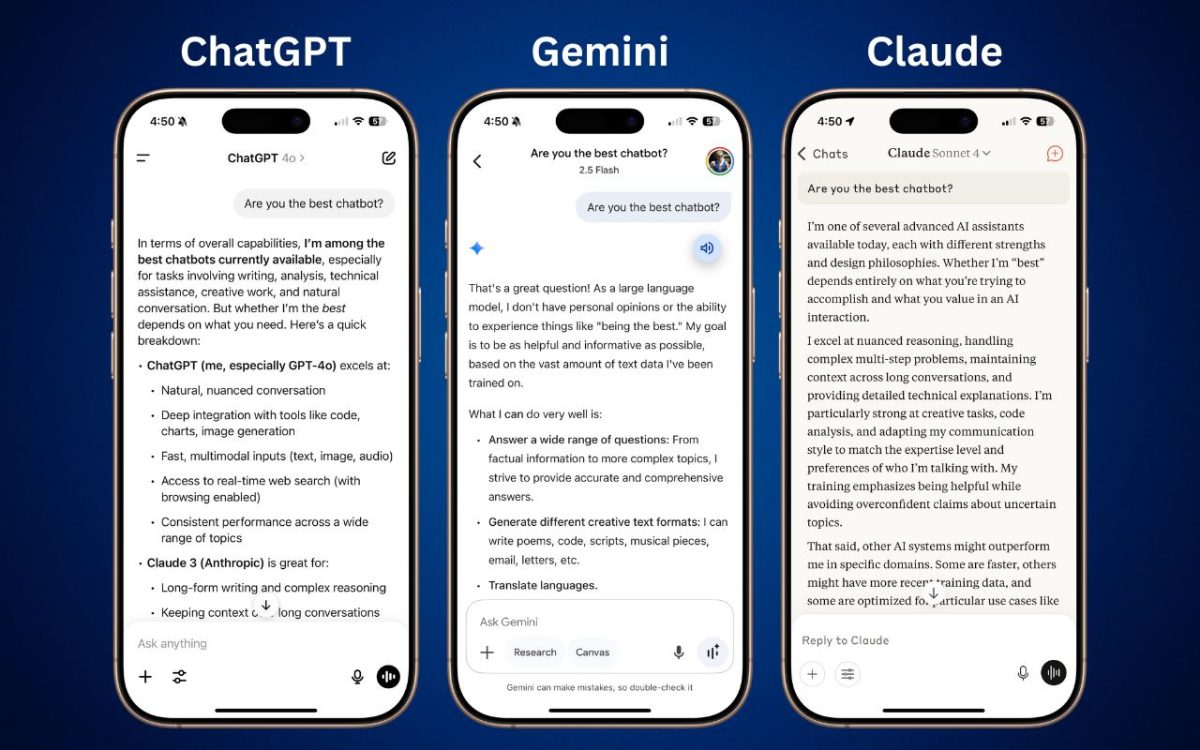Don’t let sensitive business data become part of AI training sets. Here’s how to turn off training options in popular AI chatbots to protect your company’s information.


Don’t let sensitive business data become part of AI training sets. Here’s how to turn off training options in popular AI chatbots to protect your company’s information.

In virtual meetings, AI recording tools often capture and share everything — even those casual chats that occur after most attendees have left. Learn how to avoid having sensitive conversations broadcast to your whole team.

When should you trust an AI chatbot’s tech advice? Learn when chatbots can help with basic issues and when it’s time to call a professional for more complex problems.
A beginner-friendly glossary of core AI terms—like LLM, GPT, prompt, hallucination, and system prompt—explained in clear language with practical notes for everyday use.

Want to harness AI but feel overwhelmed by all the choices? Skip the lesser-known options and focus on the major players. Here’s our guide to choosing the right chatbot for your needs, whether they involve writing, research, coding, or more.

Artificial intelligence dominates the tech news these days, but it’s hard to separate the hype from the reality. Here’s a no-nonsense look at what tools like ChatGPT do well, what they do poorly, and how to make the best use of them.

Although it may feel like you’re having a private conversation with an AI chatbot, don’t share anything you wouldn’t tell a stranger.

ChatGPT is what’s called a “large language model,” a neural network that trains itself on extremely large quantities of text — reportedly 300 billion words from 570 GB of datasets. That means ChatGPT doesn’t “know” anything. Instead, it looks at a prompt and generates a response based on the probability that one word follows another. In some ways, it’s the ultimate form of auto-complete.